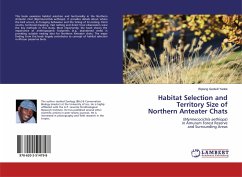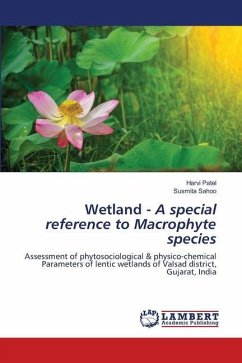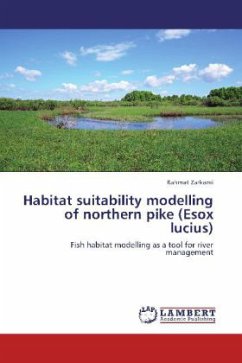
Habitat preferences of an alien macrophyte in wetland, northern Iran
Versandkostenfrei!
Versandfertig in 6-10 Tagen
24,99 €
inkl. MwSt.

PAYBACK Punkte
12 °P sammeln!
Invasive macrophyte species are a major threat to ecosystems because they can change habitats and alter ecosystem function and ecosystem services, crowd out or replace native species, and damage human activities. Azolla filiculoides is an example of such an exotic and aggressive species in Anzali wetland, northern Iran. This book predicts the habitat requirements of this invasive fern using data-mining techniques (e.g. support vector machine, SVM) in our international wetland. The results of SVM show that both habitat and water quality variables can affect the habitat preferences of this exoti...
Invasive macrophyte species are a major threat to ecosystems because they can change habitats and alter ecosystem function and ecosystem services, crowd out or replace native species, and damage human activities. Azolla filiculoides is an example of such an exotic and aggressive species in Anzali wetland, northern Iran. This book predicts the habitat requirements of this invasive fern using data-mining techniques (e.g. support vector machine, SVM) in our international wetland. The results of SVM show that both habitat and water quality variables can affect the habitat preferences of this exotic fern in the wetland. However, the dependence of Azolla on habitat variables was very well confirmed by the models. The outcomes of such researches can help wetland managers and decision makers in order to set up successful wetland restoration/conservation and management programs.












